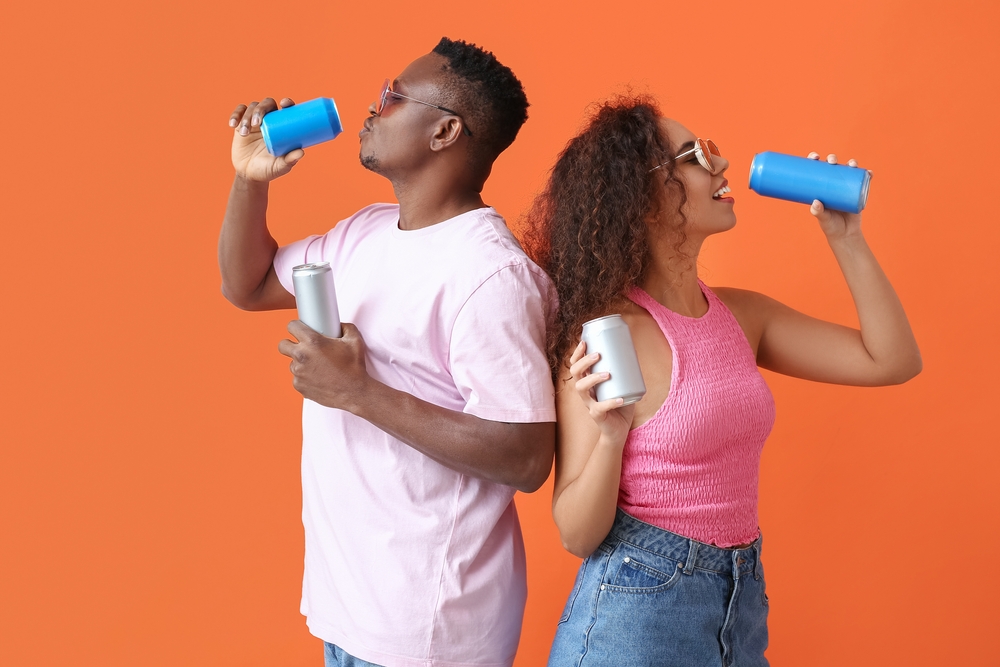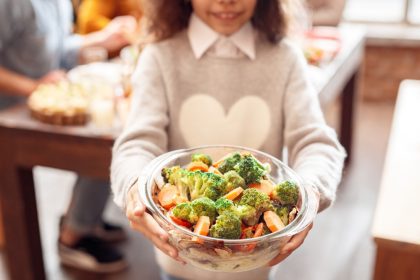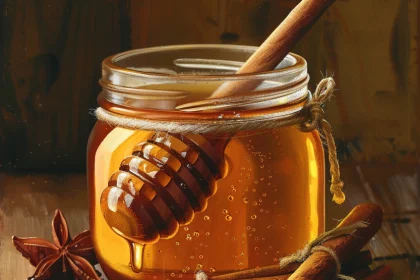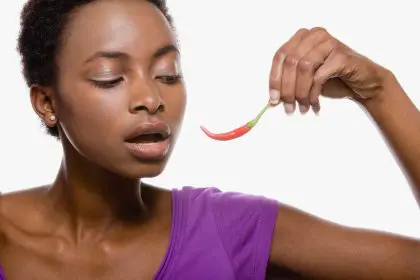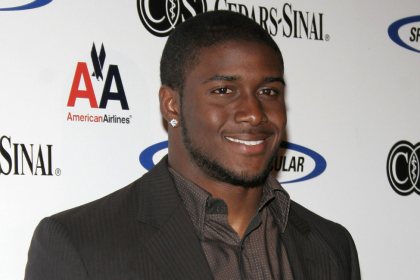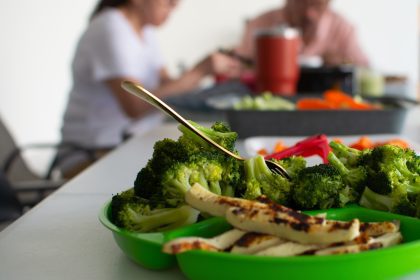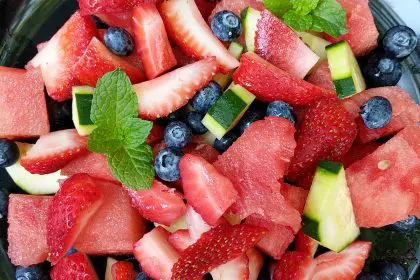That innocent-looking beverage in your hand? It might be the sneakiest saboteur in your entire diet. While we obsess over counting calories in our food, that daily coffee shop indulgence or post-workout refreshment could be silently undoing all your hard work.
Let’s face it—drinking our calories is dangerously easy, and the beverage industry knows it. They’ve mastered the art of disguising liquid candy as health tonics, energy boosters, and fitness aids. Even worse, your brain doesn’t register liquid calories the same way it does food, leaving you just as hungry despite consuming hundreds of extra calories.
Ready for some liquid truth? Let’s peel back the label on what you’re really drinking and find better options that won’t wreck your health goals.
The morning betrayal in your coffee cup
That coffee shop concoction that helps you face the morning might be more dessert than drink. A large flavored latte can pack a staggering 60 grams of sugar—more than two chocolate bars melted into your morning ritual.
The problem goes beyond just calories. These drinks trigger an early morning blood sugar rollercoaster that leaves you cranky and craving more sugar by mid-morning. The fancy-sounding Italian names and “made with real milk” marketing help us pretend we’re making a sophisticated choice rather than essentially starting our day with melted ice cream.
The coffee itself isn’t the villain—it’s everything we’ve added to it. Black coffee actually offers antioxidants and potential health benefits. The transformation happens when we introduce flavored syrups, whipped cream, caramel drizzles, and even the seemingly innocent sweetened milk alternatives.
Make the switch to coffee with whole milk or unsweetened plant-based options. If you need sweetness, try a natural option like stevia or monk fruit, which won’t spike your blood sugar. Even better, gradually reduce the sweetness over a few weeks, and you’ll be surprised how your taste buds adapt to appreciate coffee’s natural flavors.
The juice illusion that’s fooling everyone
Perhaps the greatest marketing triumph of the beverage industry was convincing parents that fruit juice is a healthy choice. That cartoon-adorned juice box in your kid’s lunch—or the premium cold-pressed juice in your fridge—delivers essentially the same sugar hit as soda, just with a health halo.
An 8-ounce serving of apple juice contains around 24 grams of sugar with negligible fiber. You’d have to eat three apples to get that much sugar, but the fiber in whole fruit would slow absorption and make you feel full before you could finish them all.
The “100% juice” label doesn’t help much either. Your body processes these natural sugars similarly to added ones when they’re extracted from the protective fiber matrix of whole fruit. The resulting blood sugar spike and crash can leave you hungrier than before.
Trade your juice for whole fruits that provide the same vitamins with added fiber that helps you feel full. If you absolutely must have juice, dilute it half-and-half with water or seltzer to reduce the sugar concentration, or use a splash to flavor plain sparkling water for a refreshing treat without the sugar overload.
The sports drink scam targeting casual exercisers
Unless you’re running marathons or sweating through multi-hour workouts, that neon sports drink is giving you calories you didn’t burn. Originally designed for elite athletes pushing their bodies to extremes, these electrolyte-replacing beverages have somehow become standard refreshment for people doing moderate activity.
A standard 20-ounce sports drink delivers around 34 grams of sugar—sugar your body simply doesn’t need after a 30-minute workout or weekend hike. The electrolytes they provide can be beneficial, but you’re paying a steep caloric price for them.
Most devastating is how these drinks undermine workout efforts. People often consume more calories from their sports drink than they burned during their entire exercise session, leaving them in a calorie surplus while feeling virtuous about their “healthy” choices.
Plain water is perfectly adequate for most workouts under 60 minutes. If you’re exercising longer or in extreme heat, consider sugar-free electrolyte tablets or powders that provide the minerals without unnecessary sugar. Your body will thank you for not making it process calories it didn’t ask for.
The truth about your afternoon energy drink
That slim can promising unstoppable energy might be setting you up for a spectacular crash. Beyond their often shocking sugar content—some contain up to 80 grams per can—energy drinks create a perfect storm of stimulants that stress your body in ways we’re only beginning to understand.
The caffeine content alone can reach 300mg per can—equivalent to three cups of coffee. Combined with additional stimulants like guarana and taurine, these drinks can trigger anxiety, disrupt sleep patterns, and raise blood pressure and heart rate to potentially dangerous levels.
The wildest part? Most of the “energy” you feel comes simply from sugar and caffeine—ingredients that would cost pennies if you added them yourself. The rest of the exotic-sounding additives have limited evidence supporting their effectiveness.
If you truly need an energy boost, consider plain black coffee or green tea, which provide clean, moderate caffeine without the sugar crash. For sustained energy, address the root causes—proper sleep, balanced meals with protein and healthy fats, and regular movement throughout the day will serve you better than any beverage in a flashy can.
The smoothie shop swindle
That $9 smoothie marketed as a “healthy meal replacement” might contain more sugar than a milkshake. Pre-made smoothies often start with fruit juice rather than whole fruits, then add sweetened yogurt, honey, agave, or maple syrup for extra sweetness.
The result? Some commercial smoothies pack over 70 grams of sugar and 500+ calories in a single serving. Even worse, because they’re liquid, they don’t trigger the same fullness signals as eating solid food, leaving you hungry again soon after.
The real tragedy is that smoothies could be genuinely nutritious. When made with whole ingredients like unsweetened milk alternatives, whole fruits, vegetables, protein powder, and healthy fats, they can provide balanced nutrition. But the commercial versions rarely deliver this ideal.
Take control by making smoothies at home where you can monitor exactly what goes in. Start with unsweetened liquid, add plenty of green vegetables, limit fruit to one serving, and include protein from Greek yogurt or protein powder, plus healthy fats from nuts or avocado. The result provides nutrition your body can use without the sugar overload.
The diet drink deception
Switching to diet soda might seem like a smart move, but emerging research suggests artificial sweeteners might be playing a different kind of trick on your body. While technically calorie-free, these sweeteners appear to confuse our metabolic systems.
When your taste buds detect intense sweetness, your body prepares for incoming calories. When those calories never arrive, it may trigger increased hunger and cravings later. Some studies suggest regular consumption might actually be associated with weight gain and metabolic changes rather than weight loss.
The most concerning part is how these drinks maintain your preference for intensely sweet flavors. By regularly consuming sweetness hundreds of times more potent than sugar, your taste buds stay calibrated to expect extreme sweetness in everything.
Sparkling water provides the same refreshing fizz without sweeteners. If plain water doesn’t excite you, try infusing it with fresh fruit, cucumber, or herbs like mint for natural flavor. Your taste buds will gradually reset to appreciate subtle sweetness, making real food taste more satisfying.
The alcohol aftermath you’re not counting
That weekend wine or after-work beer counts as more than just “liquid courage”—it’s also liquid calories your body processes differently than food. Alcohol delivers 7 calories per gram without any nutritional benefits, and that’s before adding mixers.
A single margarita can contain 500+ calories—roughly equivalent to a full meal. Even seemingly innocent choices like hard seltzer still add up, providing 100 calories per can that offer nothing but alcohol and flavoring.
Beyond calories, alcohol temporarily blocks fat burning as your liver prioritizes processing the alcohol first. It also lowers inhibitions around food choices, leading to poor decisions about late-night eating.
If you choose to drink, opt for quality over quantity. A single glass of good wine savored slowly provides more enjoyment than multiple glasses gulped mindlessly. For mixed drinks, use soda water instead of tonic or juice, and fresh fruit instead of syrups. Better yet, try alcohol-free alternatives that have dramatically improved in recent years, offering complex flavors without the metabolic downsides.
Breaking the beverage habit
Changing what you drink might be the simplest yet most powerful dietary improvement you can make. Here’s how to make it stick.
Start with a proper morning hydration routine. Many cravings for sweetened beverages actually stem from mild dehydration. Begin each day with a large glass of water, perhaps with lemon, before reaching for coffee or tea.
Upgrade your water game with infusions or carbonation that make plain water more exciting without adding sugar. Having these ready in your fridge makes choosing them over sweetened options much easier.
Rethink your reward system if you’ve been using beverages as treats. A specialty coffee or happy hour drink can become such an ingrained part of your emotional routine that changing requires finding new rewards that don’t come in a cup.
Track your liquid calories for just one week. Most people are shocked to discover how much their beverages contribute to their total intake. This awareness alone often drives meaningful change without feeling like deprivation.
Remember that your taste preferences are malleable. What seems unthinkably bland today—like unsweetened coffee or plain sparkling water—can become genuinely enjoyable within weeks as your taste buds reset to detect subtle flavors again.
The beverages you consume might be the difference between reaching your health goals and wondering why you’re stuck despite your best efforts. The good news? Unlike many dietary changes that require cooking skills or major preparation, better beverage choices can be implemented immediately with dramatic results. Your body is literally thirsty for this change.

